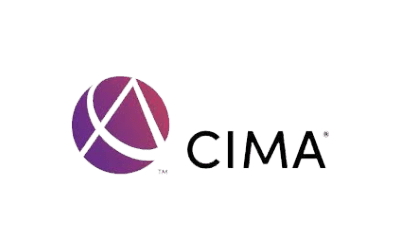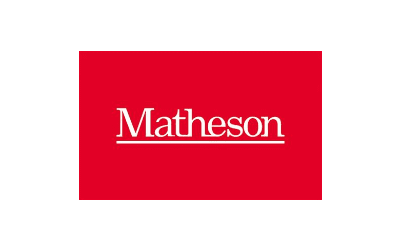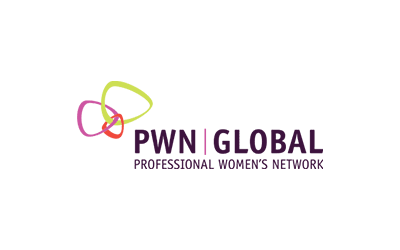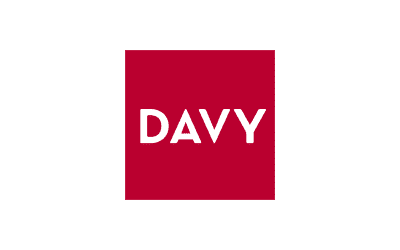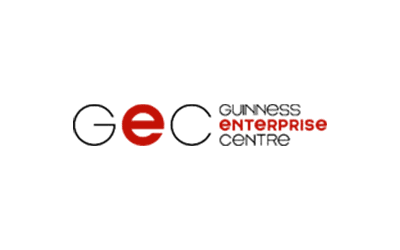Tuesday 07th December, 2021
Changing the rules of the game
Authors Seán Meehan and Charlie Dawson on how easyJet went from poor follower to an innovative and successful leader, spurring arch-rival Ryanair to follow them in becoming more customer-friendly
Short-haul travel was revolutionised in the noughties. In the age of the national flag carriers, flying was an occasional luxury, but a new wave of pioneers, building on Southwest Airlines’ breakthrough in the US, saw the opening up of the regulated market in Europe as an opportunity for disruption. And disrupt they did, with Ryanair and easyJet becoming two of the world’s most profitable airlines.
It was a new model – point-to-point routing between high-demand destinations, eight fights per day per aircraft, short turnaround times, no free food and drink, stripped back fares with add-ons, dynamic pricing based on timing and demand and a pared-down boarding process with no allocated seats or boarding cards, making it faster and cheaper.
But this new model brought a cloud with its silver lining. The experience of flying was increasingly unpleasant. Passengers complained that the advertised price could never be achieved in reality. They felt stung with a purchasing process perceived as tricky, with high and hidden charges for ‘extras’ like luggage or having your boarding pass printed at the airport rather than at home.
The stress of boarding was one of the most painful parts of the experience. Because seats weren’t allocated, there was a race to get onto the fight to get a good seat, and for parties to sit together. This was a battle that favoured the fit, the strong and the organised. For most, especially older people and families, this part of the trip had become a nightmare.
easyJet had done well in the first wave of discount airline growth, but by 2010 it was struggling. While the initial spirit of discount air travel was customer-led, that had been lost and the experience had instead become dominated by cheapness, a consequence of an internal inside-out cost-cutting mentality. Cutting back on crew had led to flights being cancelled creating irate customers and demoralised staff.
It took easyJet’s new CEO, Carolyn McCall, nine months from her appointment in 2010 to get the operation back on track, reinvesting, listening and doing what she promised. But while this moved the airline out of crisis, people’s beliefs were still that the business was transactional, all about pricing and cost.
So, when she proposed making customers’ awful experiences better, the audience was suspicious rather than receptive. McCall was changing her team, making it more customer focused, and the fresh eyes identified the introduction of allocated seating as an opportunity to make a statement, to take a giant leap to improve the flying experience and in so doing show that easyJet could take a lead in the sector, working with customers not against them.
The idea did not go down well with everyone. In operations, steeped in the practicalities of making planes run on time, they were convinced it couldn’t be done. The low-cost business model relies on completing eight fights each day. This involves getting passengers and baggage off, cleaning, replenishing, then boarding passengers and loading luggage in 25 minutes.
It was self-evident to many that boarding would take longer when passengers had to queue for and find a specific seat rather than taking the first one available, and that, plus the extra administration of boarding cards, made it look like a bad idea.
But McCall was insistent – she wanted to set a customer-led tone and was convinced that easyJet could challenge assumptions and innovate within the low-cost model. She couldn’t do this without her operations team and so she asked them to participate in a trial codenamed BOSS (bums on selected seats).
The first attempt saw a 40-minute turnaround and the sinking feeling that maybe the objectors were right. Looking for inspiration from organisations that know all about fast turnarounds, easyJet turned to Formula 1 team McLaren. If an outfit capable of routinely changing the four wheels of a racing car in less than two seconds couldn’t provide a breakthrough, then no one could.
The ah-ha moment was the recognition that while it DID take passengers longer to find their allocated seats, easyJet DIDN’T need to follow the conventions of larger airports where only one of the aircraft’s two doors were used to get people in and out, with the air bridge sheltering them from the elements.
Instead, ignoring the air bridge, easyJet hit on the simple idea of boarding passengers through both front and rear doors simultaneously, according to their seat numbers. They took longer to get seated but filling up the two halves in parallel effectively cut the plane’s size in half.
That put the 25-minute turnaround in reach, and in November 2012, the airline replaced the survival-of-the-fittest boarding scrum with free allocated seating on all its fights (customers could pay extra to choose their seat but every person now had a specific seat reserved for them at no extra cost). Of the 800,000 passengers surveyed, 70% said they preferred allocated seating
Allocating seating was a symbolic move that completely turned perceptions of the business around by 180 degrees. It showed colleagues that customers don’t have to just accept the conventions of the low-cost model, and the business benefited as the less stressful boarding experience brought in increasing numbers of older customers and families.
According to McCall, ‘… allocated seating was the single most successful thing easyJet had done for its passengers.’ For easyJet, it was a critical first Moment of Belief – a significant investment in making things better for customers without the typical business case evidence that it would generate additional financial returns.
It was a decision made because the leadership team believed that doing right by the customer would in time lead to being better for the business and in so doing it showed the entire organisation that ‘this is now how we do things around here’. It kick-started a succession of customer-led innovations – Moments of Belief – from tackling delays and cancellations to lobbying against ‘Gotcha pricing’.
Each customer innovation took easyJet further from its inside-out rivals. Now belief was growing that every time easyJet was brave enough to act on what customers wanted and smart enough to find an innovative solution that could be commercially sustainable, the business got better.
With these significant changes to easyJet’s belief system and business model came some striking results. In March 2013, following nearly three years of McCall’s leadership, the no-frills airline flew into the FTSE100 valued at more than £4 billion. Passenger numbers had jumped by 43% to 65 million a year, of which more than 12 million were business travellers, up from 8 million in 2010.
McCall presided over a remarkable turnaround, the share price moving from £4 to £19 between 2010 and 2015, revenue from £3 billion to £5 billion and net profit from £121 million to £548 million. And this was all achieved in the spirit of a growing belief that being customer-led meant the business worked better, not worse.
Indeed, easyJet’s customer-led approach revolutionised the entire no-frills airline industry. In 2016 even Ryanair CEO Michael O’Leary came out and stated that it was time for his airline to start ‘being nice to people’.
“The Customer Copernicus: How to be Customer-Led” by Charlie Dawson and Seán Meehan is published by Routledge and is available from Amazon and leading international booksellers

